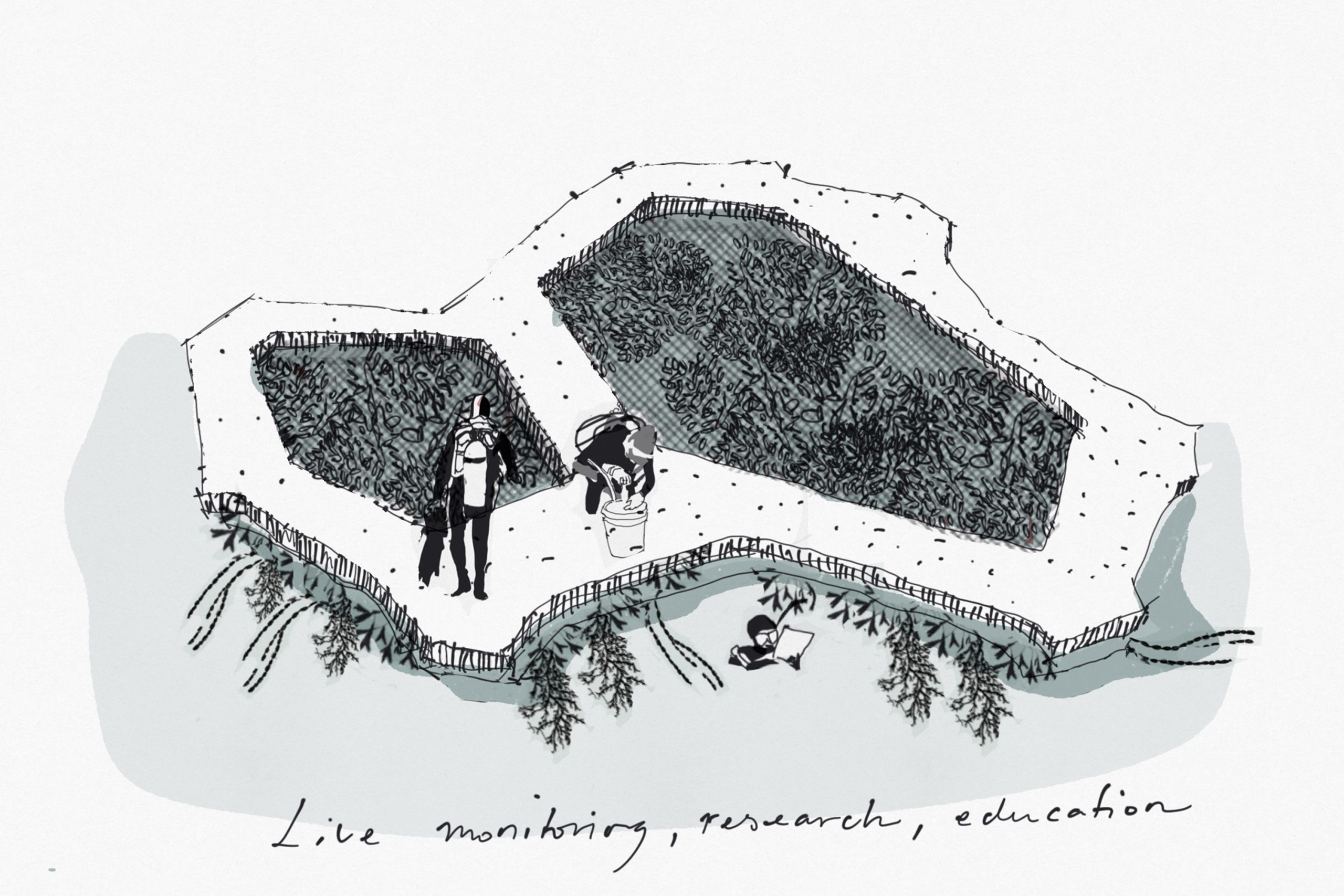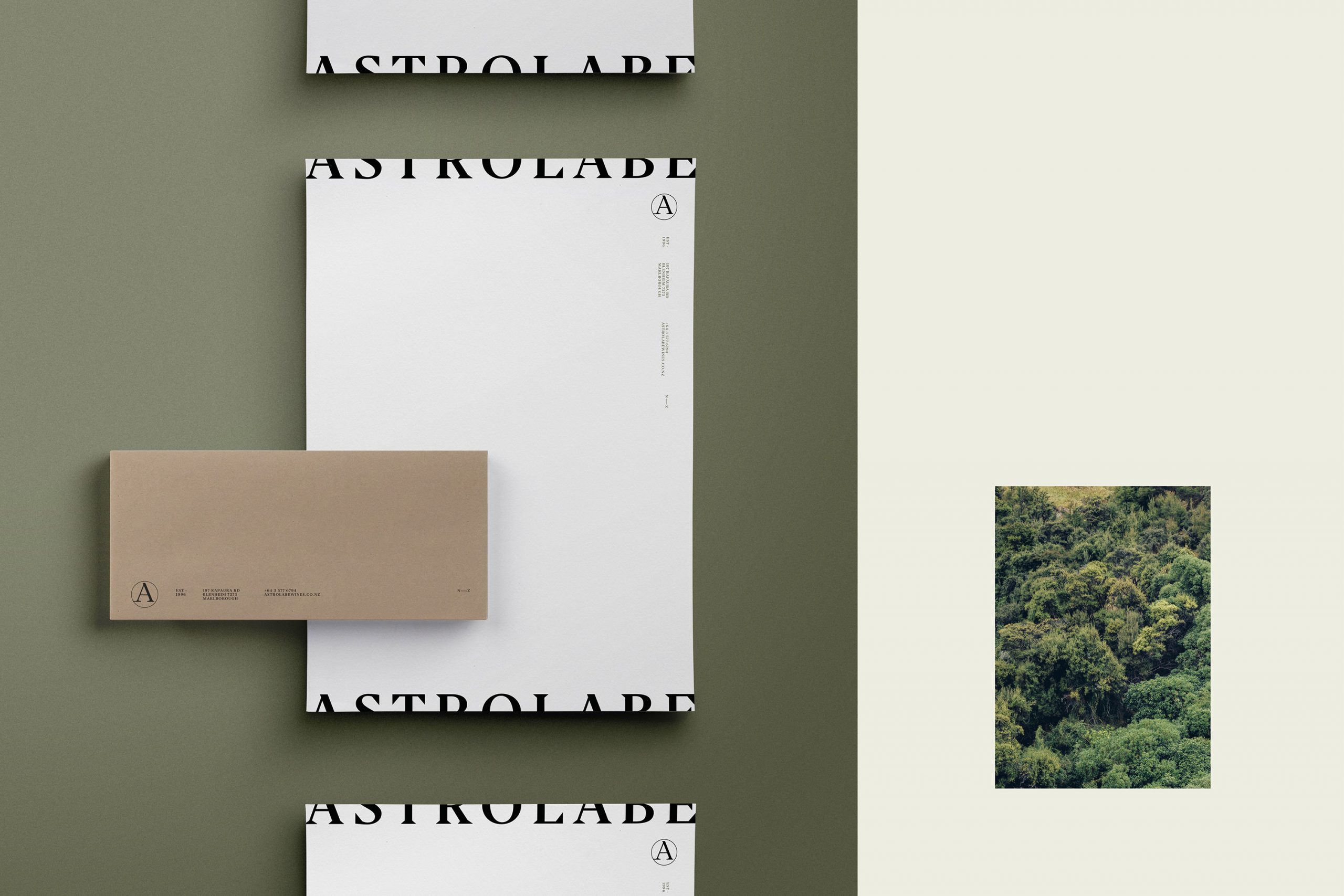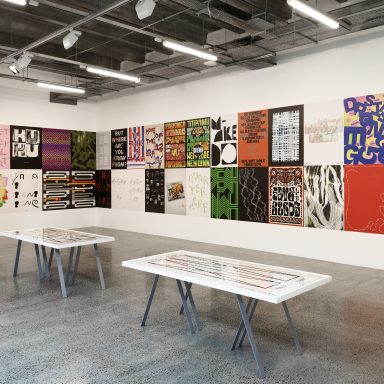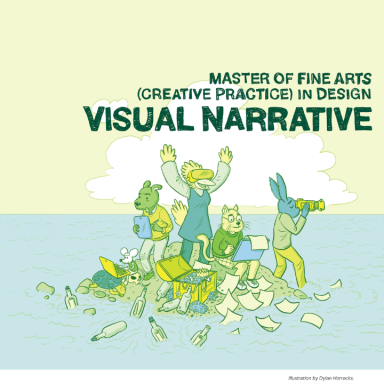Little by little we go big
I get a few invitations to speak to people about what I do. It’s something I enjoy and never take too seriously. I’m prone to digression and often go off down unplanned paths. But there are a couple of messages I always try to push. The first (which can sit uncomfortably with some people) is that all of us — designers, writers, social activists, educators, whoever — are in the business of selling something. It might be a bar of soap or it might be a new approach to tackling climate change. But we are selling it. You can call it persuading if that makes it less confronting, but if you have an audience, you also want them to buy your angle on the world.
The second message is less cynical. I tell people that we can all, incrementally, make the world better. It’s simply about being more conscious in our decision making and understanding that all movement in the right direction is good movement. I know that small movement isn’t always enough, but I’ve always been a believer in big change being the sum of small actions.
When it comes to Environmental Stewardship as a kaupapa, everyone can make change to varying degrees. If you’re a primary producer, you have the scope to do something significant and role model a new approach for your peers. If you’re a designer, you can make decisions around materials and practices that encourage sustainable thinking; you can make a strong statement of your own through your work; or you can use your work to sell the positive environmental choices your client is making, thus amplifying their actions. And if you are a consumer, you can make choices based on what you know about a product or services origins — information that is often passed to you by good design.
Not every design project can fix the world. But it can contribute to changing it in increments. Every project sits on a spectrum of impact, with an axis running negative to positive, minimal to monumental. The design projects included under the Environmental Impact kaupapa of Kātoitoi are the ones which make a noticeable effort to register on the positive side of that spectrum. I think that in the context of the Aotearoa Design Archive, the intent for impact is as important as the degree to which it makes change, as the scale of environmental action isn’t always in the designer’s sphere of control.

An important observation is that the sustainable, environmentally responsible choices that go into a project don’t always have to be performatively on display. They can be good in and of themselves, without the need for external acknowledgement. One example in the archive is Isthmus Group’s marine ecology ropes, part of the complex Te Wānanga project on Auckland’s downtown waterfront. To quote the designers, “Te Wānanga…provides a unique opportunity to establish and promote the concept of ‘living systems’ in Auckland’s urban marine environment.” The marine ecology ropes are one example of this, encouraging the proliferation of mussels which can each filter 380 litres of water a day. The mussel ropes are largely unseen by pedestrians enjoying the new development. They’re not there as a design feature for us, the audience, but to serve the environment itself.
As a whole, the Te Wānanga project is a spectacular demonstration of how positive environmental impact can be central to a design approach. It also shows the importance of a client committed to that kaupapa too.
Sitting in a very different place on the spectrum, the Mate, Act Now project is all about the message on display. Or is it? What is ostensibly a poster design project has in fact made a tangible environmental impact, planting over 1,000 trees for the Eden Reforestation Project to offset any carbon emissions from the project.
What Mate, Act Now does extremely well is share powerful, persuasive messaging to a wide audience. Because it takes the form of a graphic design project, it has been highly visible in media that may not always see such explicitly pro-planet messages on display.
Design can be in service to the environmental efforts of the client. One Design’s identity for Lake Hawea Station represents the client’s “pioneering approach in an industry which our country depends on, and one which desperately needs to change.” The clever balance here is in creating a brand that evokes New Zealand’s high country farming traditions while referencing a new ecological focus with elements like the unbroken circle and the kowhai seedling. There’s a similar balance at play in the same studio’s work for Astrolabe.

Rounding out the archive entries from One Design, their Round Theory Wines identity and packaging amplify the environmental impact of the winemaker’s methods with a commitment to more sustainable packaging.
Selling consumers on environmental alternatives is one of design’s key jobs when it comes to sustainability. That’s where AKIN’s work for All Good Oat Milk and Sow Seed Butters really shines. When packaging design leaps off the shelf and into a shopper’s basket, it accelerates change and makes it easier.

These and the other projects in the archive demonstrate multiple ways that positive change can be made, to differing degrees. They show the role design can take in leading change and mainstreaming it — selling the idea of saving the planet.
It also raises another question: do we have to? Is everyone doing creative work obligated to be moving us forward, towards a more sustainable future? Or is it just too big an ask to have that in the background of everything we do?
Well, no. It would be good if everyone was doing their bit for the planet but that isn’t always something that overrides the reality of a brief or situation. But let me reframe it this way: doing the right thing is increasingly a requirement in many industries, not just a nice to have. This extends to choosing suppliers. So if the creative industries can’t demonstrate, through words and actions, a commitment to doing their bit? They are going to lose out to those who can. The current is pulling strongly in the direction of conscious consumers. Many industries who would never have cared about their environmental impact before now know it is an imperative they can’t ignore. Any body with government funding will have boxes that must be ticked. Social action is intrinsically linked to climate action. To do the work, you will need to be ready to prove your planet-friendly credentials.
And if you find that onerous? Maybe it’s time for some self reflection.
In its broadest sense, design is about how we do things. Designers have the privilege and power to change not just how they do things themselves, but how others do them. It’s a pretty cool superpower to have. And it doesn’t need to be deployed at full beam at all times. If you want, it can just be used selectively and impactfully, where the least effort will have the most effect. As long as you use it.
As you explore the projects archived within Kātoitoi, under the Environmental Impact kaupapa and others, look for the small changes the designers are making. Look for the actions they promote, the incremental shifts in approach. Consider where your own work can change — and take the small steps that grow into something big.
We’ve only got one planet. And it’s your job to sell people on the idea of caring about it. Our job, as creatives. Little by little, we go big.
No pressure.
The artwork to accompany this essay is by Joseph Carrington
We are incredibly grateful to Creative New Zealand who funded the 2020 Kātoitoi pilot. This article and illustration, sits within a series of commissioned essays, interviews, podcasts and artworks to be published over 12 weeks supported by CNZ.





